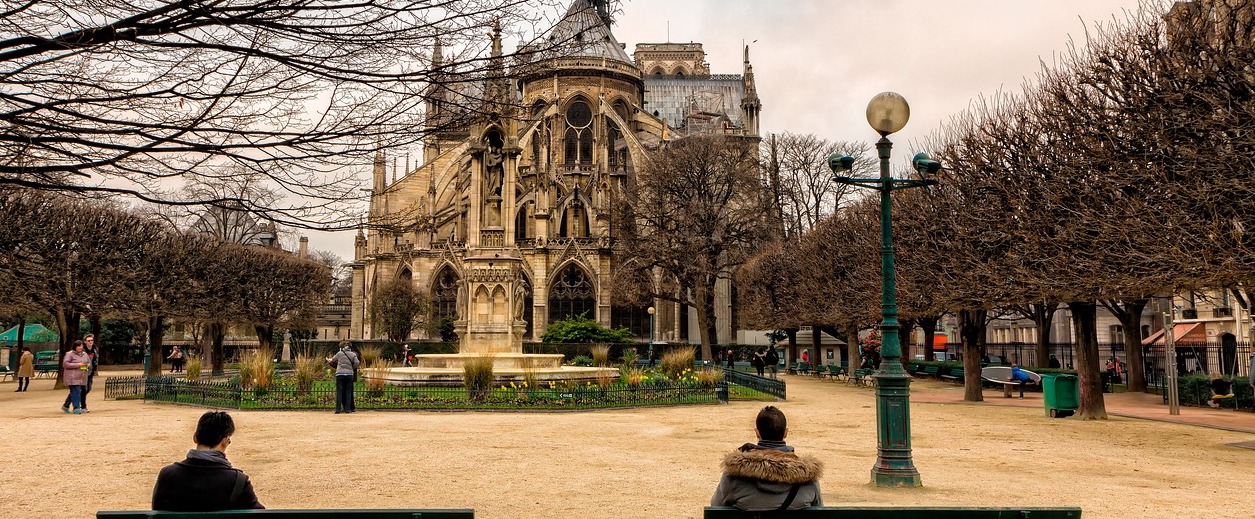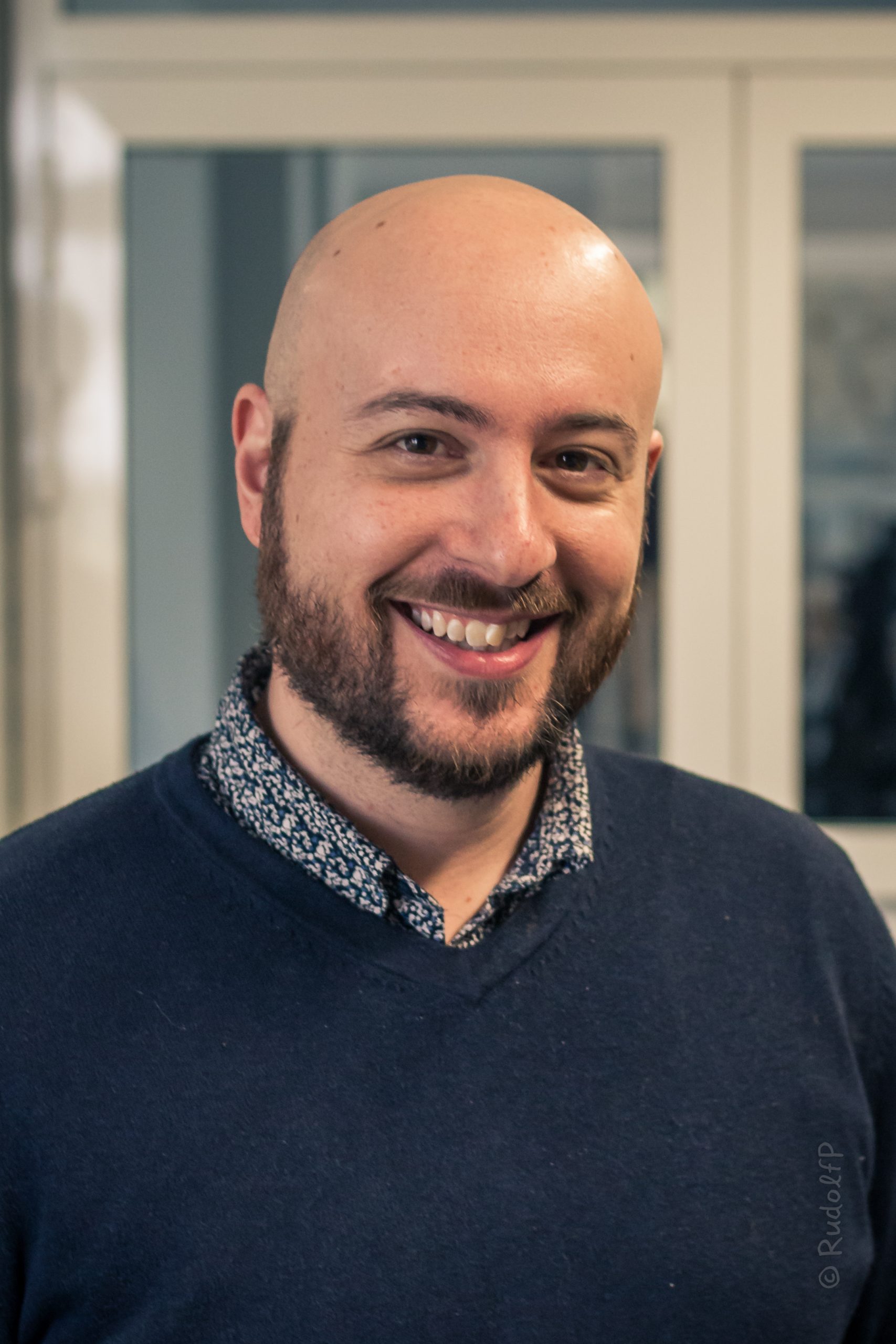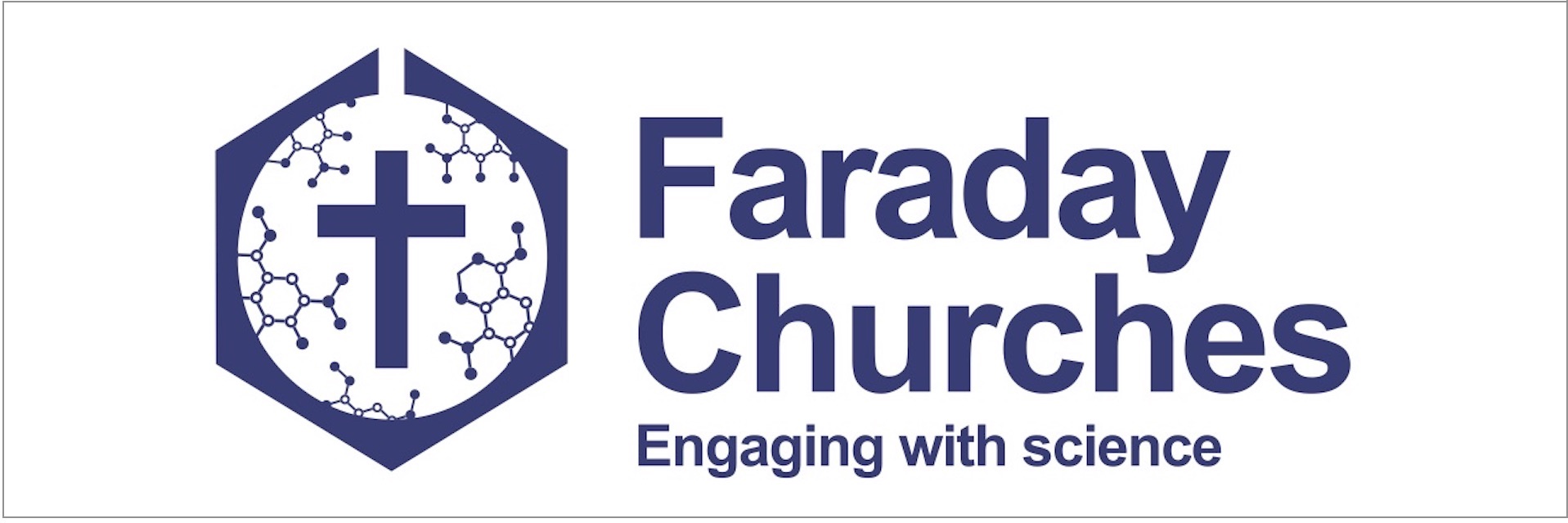
My wife and I stood underneath the Eiffel Tower wondering what to do next. Our kids had just completed their third ride on the carousel and we were wondering if we should call it a day. We had already walked through the streets of Paris, seen a garden, and eaten lunch at a wonderful Parisian café. Should we squeeze in one more activity? “How about we stop by the Notre Dame Cathedral on our way back to the Airbnb?” I asked my wife. After a short discussion and realizing that the kids were getting pretty worn out (and, admittedly, wanting to avoid a potential public spectacle) we decided to save Notre Dame Cathedral for the next day. Two hours later, my wife and I watched the news in shock. We sat in silence as Notre Dame Cathedral in Paris was engulfed in flames.
Within days of the news spreading, and Prime Minister Macron promising to rebuild, wealthy donors began publicly pledging large sums of money to rebuild Paris’s iconic cathedral. This solicited mixed reactions from both religious and non-religious people. Some people appreciated the commitment to rebuild such a historical, meaningful, and beautiful church. Others responded negatively, believing that the money could be put to better uses.
Whichever side you may land on, the responses of generous benefactors beg the question, why? Why are humans compelled to be so generous in the face of such a tragedy? What would compel people to donate so much money to rebuild an 850-year-old church? I believe the answer lies, at least partially, in a seemingly very different place in Paris.
One of my favorite places in Paris (and I have many) is the Grand Gallery of Evolution at the Paris Museum of Natural History. It is a monument to scientific knowledge. It is truly a place “where modernity stands alongside history and science to tell us the great adventure of biodiversity.”[1]Specimens from marine and terrestrial life come together to tell a beautiful story, the story of diverse life emerging in the universe. Every inch of the gallery is dedicated to telling this story. As you walk along, you pass through eons of time. It is a breathtaking story of transition and progress. And when one arrives at the end, there is a sense of wonder and awe. One can see clearly how vast biological life is, and where humans fit within the ecological and biological narrative. And yet, there is still something missing.
In the words of Oxford theologian Alister McGrath, “[Human beings] long to make sense of things. We yearn to see the big picture, to know the greater story, of which our own story is a small, but nonetheless important part… The world around us seems to be studded with clues to a greater vision of life.”[2]Science, by itself, offers humans an incomplete picture of life and the world. It gives us an understanding of the workings and function of the world, but it cannot offer deeper explanations of life. Science cannot answer questions about the purpose, value, ethics, and beauty of life. Cathédrale Notre-Dame de Paris stands as a symbol of what and who humans need to complete their greater vision of life.
Therein, for me, lies a potential answer to the question, “why?” Why would anyone be so committed (financially or otherwise) to the Christian Church? The answer is that for millions of people every year, Cathédrale Notre-Dame de Paris was, and thankfully still is, a place where people encounter a beautiful and life-changing story; a grand narrative that stretches back to the beginning of time. It is a narrative that makes sense of science. This is the story about the purpose behind the universe. It is the story about the giver of that purpose. It is about the author of beauty; the cause of existence and progress. Cathédrale Notre-Dame de Paris offers a grand gallery of brokenness and healing, of sin and forgiveness, of beauty, justice, and peace, and the place of humans in the middle of it all. Cathédrale Notre-Dame de Paris is a place where modernity stands alongside history, science, and faith to tell us the great narrative of redemption. It offers a greater vision of life. And those who have seen it for themselves are often changed forever.
[1]Quoted from the “Grande Galerie De L’Evolution” website homepage.
[2]Alister McGrath, Surprised by Meaning, Westminster John Knox Press, 2011, 3.
 Mario Anthony Russo is a pastor and theologian. He lives with his wife Virginia and two children in Western Germany. He holds an Interdisciplinary Bachelor of Science degree in Biology and Psychology (University of South Carolina), a Master of Arts in Religion (RTS), and a Doctor of Ministry (Erskine College & Seminary). During his nearly two decades of researching, writing, and speaking in the field of Science and Religion, Mario has developed a love for the interaction between science and faith, missiology, and pastoring. You can follow him on Twitter @Mario_A_Russo
Mario Anthony Russo is a pastor and theologian. He lives with his wife Virginia and two children in Western Germany. He holds an Interdisciplinary Bachelor of Science degree in Biology and Psychology (University of South Carolina), a Master of Arts in Religion (RTS), and a Doctor of Ministry (Erskine College & Seminary). During his nearly two decades of researching, writing, and speaking in the field of Science and Religion, Mario has developed a love for the interaction between science and faith, missiology, and pastoring. You can follow him on Twitter @Mario_A_Russo




